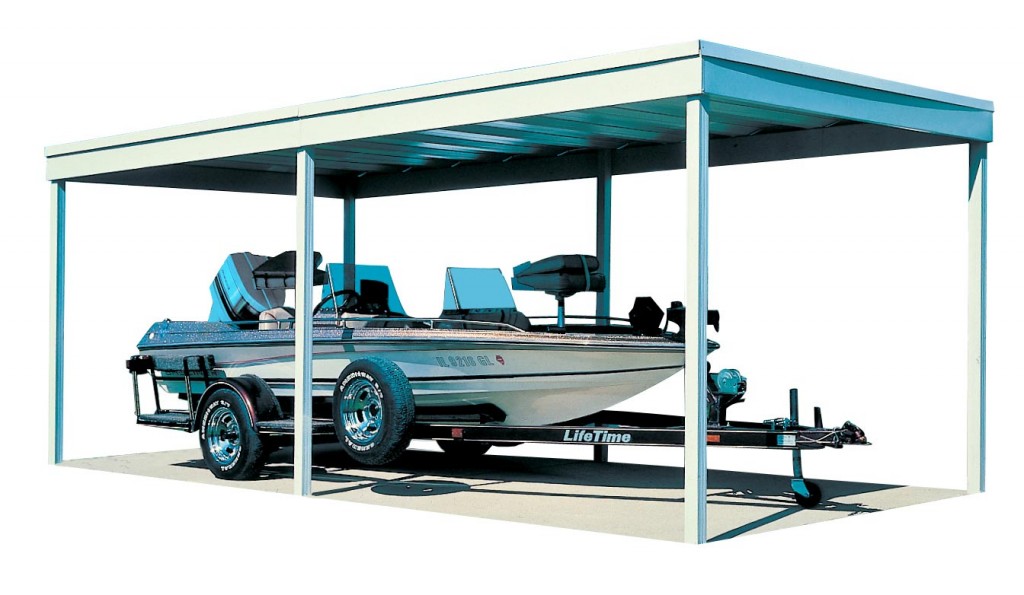How to Prepare Your Boat for Storage
A self-storage unit is an excellent place to store your boat when it’s not in use. These units are affordable, convenient, and available in a variety of sizes that make it possible to accommodate boats of different lengths. Before you put your boat into a self-storage unit there is some prep work involved. Here’s what you need to do to prepare your boat for storage.
Step 1: Clean Your Boat Inside and Out
After your boat is out of the water, clean it thoroughly inside and out. In addition to general cleaning, there are several specific items you should see to:
- Remove any food scraps or garbage still in the boat so there isn’t anything that might attract pests.
- Vacuum between seat cushions and all carpeting to clean up any small crumbs.
- Polish wood to prevent potential rotting.
- Varnish metal to prevent potential corrosion.
- Wax the exterior so there’s a protective layer over the hull.
As you go through these stages, make sure you open all storage areas to clean them out too.
If you keep your boat in saltwater, take extra care to scrub any barnacles off of the boat. These will die when not in water, and they’ll make your storage unit smell. They also create drag when you use the boat if they aren’t removed. A putty knife and power washer make removing barnacles easy.
Step 2: Check All Electrical Systems and Appliances
Check all of the electrical systems and appliances on your boat. These items might include:
- Gauges on the dash
- Trim adjustments near the stern
- Fish and depth finders
- Radios
- Kitchen appliances
Although your boat will be alright in storage if you skip this step, taking a moment to test each electrical system and appliance will make getting your boat out of storage easier when the time comes. If something isn’t working properly, you can budget for and schedule the necessary repair when you aren’t using the boat. This is preferable to dealing it during the boating season.
Step 3: Prepare the Engine for Storage
What engine prep you need to do depends on the type of boat that you have.
Outboard motors are fairly easy to take care of. If you have an outboard, flush the engine with water and let the water drain out. Then, fill it up with fuel and add stabilizer to the fuel. The stabilizer will keep your fuel from deteriorating while the boat is in storage. You can use some fogging oil on the exterior of the engine and any moving parts to keep them well lubricated.
An inboard-outboard motor requires a bit more work to properly ready it for storage. On this type of engine, you need to drain the top gear case and flush the outer portion of the engine. After doing this, all fluids should be topped off and you can grease any moving parts.
A fully inboard motor is the most involved engine to prepare. This engine has to be warmed up before you can work on it, and then you need to flush the engine and pump in antifreeze. You should also remove the spark plugs, top off fluids, and change the transmission fluid. Of course, all moving parts need to be greased with fogging oil.
No matter what type of engine you have, you can either ready it yourself or hire a marine mechanic to do the work.
Step 4: Disconnect the Battery
To preserve the battery’s life, the battery ought to be stored fully charged and disconnected from the boat.
On a boat that has a battery gauge, you can check the battery’s voltage level by turning on the engine. If the gauge reads low, disconnect the battery and charge it with a compatible battery charger.
On a boat that doesn’t have a battery gauge, disconnect the battery and check it with a battery charger or multimeter. If the voltage is lower than your owner’s manual requires, charge the battery.
After the battery is charged, it can be stored inside the boat. So long as it’s not connected to any wires and not exposed to extreme temperatures, the battery ought to retain its charge until you bring your boat out of storage.
Step 5: Cover the Boat
Once the engine and battery are taken care of, your boat is almost ready for storage. All that remains is to cover it. Even though boats in self-storage units are protected from the elements, they should still be covered so that dust or debris doesn’t get on them. A cover also keeps anything else you might have in a storage unit from accidentally falling into the boat. Your boat’s standard cover will work fine.
When you’re ready to put your boat into storage, contact North Star Mini Storage to get a secure and convenient self-storage unit for your boat.



